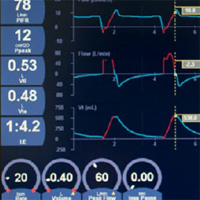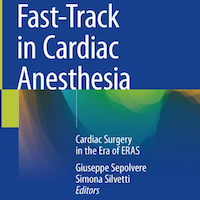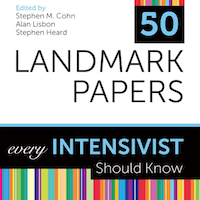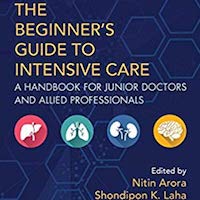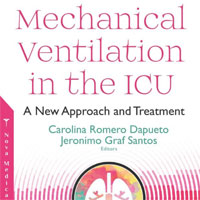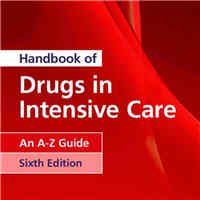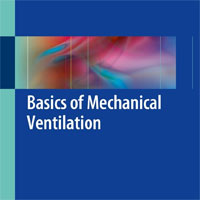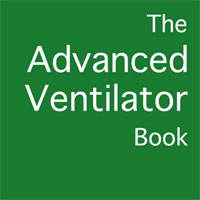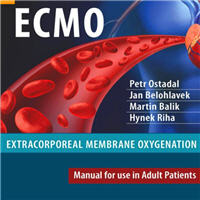Tag: mechanical ventilation
Mechanical Ventilation in Patients with Acute Ischemic Stroke
Although there are no specific data regarding the effect of respiratory management on stroke patients' outcomes, specific ventilator strategies in this population could potentially improve neurologic outcome and prevent respiratory... read more
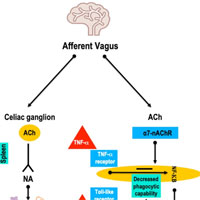
Economic Evaluation of a Patient-Directed Music Intervention for ICU Patients Receiving Mechanical Ventilatory Support
Music intervention has been shown to reduce anxiety and sedative exposure among mechanically ventilated patients. The aim of this study was to examine ICU costs for patients receiving a patient-directed music intervention... read more

Timing of Tracheostomy in Pediatric Patients
In children on mechanical ventilation, early tracheostomy may improve important medical outcomes. However, our data demonstrate the urgent need for high-quality, randomized controlled trials in the pediatric population. Data... read more
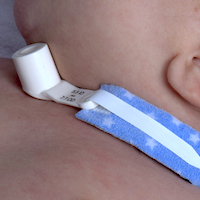
PICU Up! A Multicomponent Early Mobility Intervention for Critically Ill Children
Pediatric intensive units traditionally have had a culture where critically ill children are intubated and mechanically ventilated, immobilized, and highly sedated. This practice is primarily driven by a focus on safety... read more
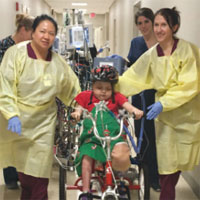
Post-extubation Dysphagia
Despite having the tools and techniques for tracheal intubation for > 4000 years, and performing oral intubation with positive pressure mechanical ventilation for > 50 years, only recently has attention focused on... read more
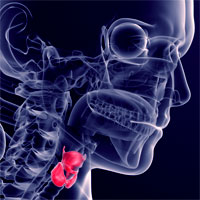
Adaptive Mechanical Ventilation with Automated Minimization of Mechanical Power
Adaptive mechanical ventilation with automated minimization of inspiratory power may lead to more lung-protective ventilator settings when compared with adaptive mechanical ventilation according to Otis' equation. Comparing... read more
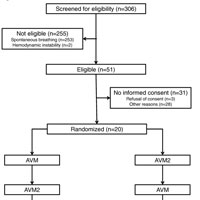
Serum Creatinine in the Critically Ill Patient With Sepsis
A 73-year-old man underwent esophageal resection for cancer. He had a history of hypertension that was treated with an angiotensin receptor blocker. Preoperative estimated glomerular filtration rate (GFR) was 98 mL/min/1.73... read more

Pilot Study to Assess the Feasibility and Safety of Intermittent Enteral Feeding in Mechanically Ventilated Medical ICU Patients
With the advent of the feeding pump, default enteral nutrition schedules in many medical intensive care units has shifted from intermittent or bolus feeding to continuous feeds. Clinical studies suggest that each of these... read more

Conservative Oxygen Therapy during Mechanical Ventilation in the ICU
In adults undergoing mechanical ventilation in the ICU, the use of conservative oxygen therapy, as compared with usual oxygen therapy, did not significantly affect the number of ventilator-free days. The number of ventilator-free... read more

Cardiac Intensive Care
Using a multidisciplinary, team-oriented approach, this unique title expertly covers all the latest approaches to the assessment, diagnosis, and treatment of patients with critical cardiac illness. Led by Dr David L. Brown,... read more
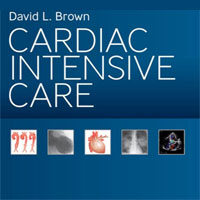
High-Flow Nasal Cannula vs. Noninvasive Ventilation
High-flow conditioned oxygen therapy delivered through nasal cannulae and noninvasive mechanical ventilation (NIV) may reduce the need for reintubation. Therefore, Hernández et al set out to test if high-flow conditioned... read more

Effect of Protocolized Weaning With Early Extubation to Noninvasive Ventilation vs Invasive Weaning on Time to Liberation From Mechanical Ventilation Among Patients With Respiratory Failure
Among patients requiring mechanical ventilation in whom a spontaneous breathing trial had failed, early extubation to noninvasive ventilation did not shorten time to liberation from any ventilation. Among 364 randomized... read more

Effect of Protocolized Weaning With Early Extubation to Noninvasive Ventilation vs Invasive Ventilation
This complex randomized, controlled trial failed to demonstrate that early extubation to non-invasive ventilation reduced the total time of mechanical ventilation. I will continue to extubate early and will use non-invasive... read more
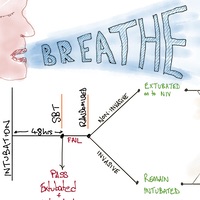
Long-term Cognitive Impairment and Delirium in ICU
ICU delirium was positively associated with impaired information processing speed and executive functioning at six-months post-discharge for this cohort. Testing for cognitive impairment with RBANS and TMT should be considered... read more

Impact of a Multifaceted Prevention Program on VAP Including Selective Oropharyngeal Decontamination
Ventilator-associated pneumonia (VAP) remains a serious complication of mechanical ventilation (MV), and has an incidence between 2 and 16 episodes per 1000 ventilator-days, an attributable mortality of 5–13%, excess ICU... read more
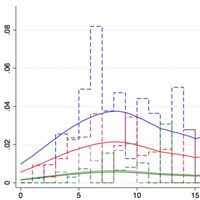
Management of Peripheral Venoarterial ECMO in Cardiogenic Shock
Extracorporeal membrane oxygenation (ECMO) is a powerful mechanical circulatory support modality capable of rapidly restoring systemic perfusion yet lacking in defined approaches to management. Adopting a management approach... read more
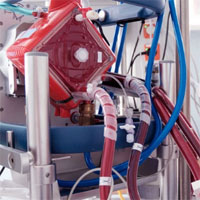
Sedation, Sleep Promotion, and Delirium Screening Practices in the Care of Mechanically Ventilated Children
The results highlight the heterogeneity in sedation practices among intensivists who care for critically ill children as well as a paucity of sleep promotion and delirium screening in PICUs worldwide. The survey was completed... read more

Interventions for Preventing Critical Illness Polyneuropathy and Critical Illness Myopathy
There is moderate quality evidence from two large trials that intensive insulin therapy reduces CIP/CIM, and high quality evidence that it reduces duration of mechanical ventilation, ICU stay and 180-day mortality, at the... read more

Added Benefit of Noninvasive Ventilation to High-Flow Nasal Oxygen to Prevent Reintubation in Higher-Risk Patients
Liberating patients from ongoing invasive mechanical ventilation is typically a 3-step process. First, clinicians must recognize that patients may no longer require mechanical ventilation, when the reasons for intubation... read more
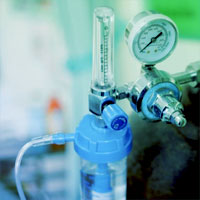
Early Enteral Nutrition Associated with Improved Clinical Outcomes in Critically Ill Children
In critically ill children with hyperglycemia requiring inotropic support and/or mechanical ventilation, early enteral nutrition was independently associated with better clinical outcomes. Of 608 eligible subjects, 331... read more
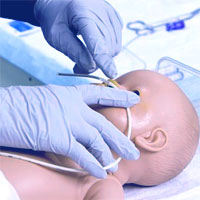
Brainstem Responses Can Predict Death and Delirium in ICU Sedated Patients
Assessment of brainstem responses is feasible in sedated critically ill patients and loss of selected responses is predictive of mortality and altered mental status. 72 patients were included in the initial group and 72... read more

Driving Pressure Is Associated with Outcome during Assisted Ventilation in ARDS
In patients with Acute Respiratory Distress Syndrome (ARDS), plateau pressure, driving pressure, and respiratory system compliance can be measured during assisted ventilation, and both higher driving pressure and lower compliance... read more
